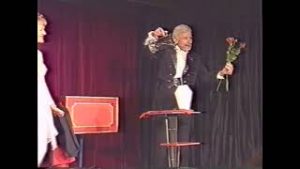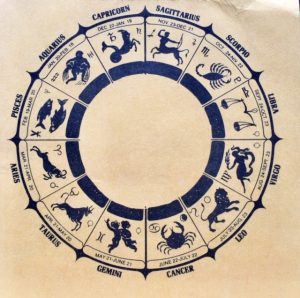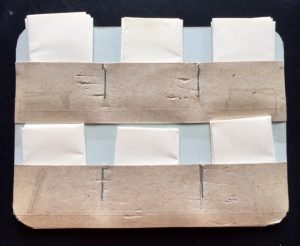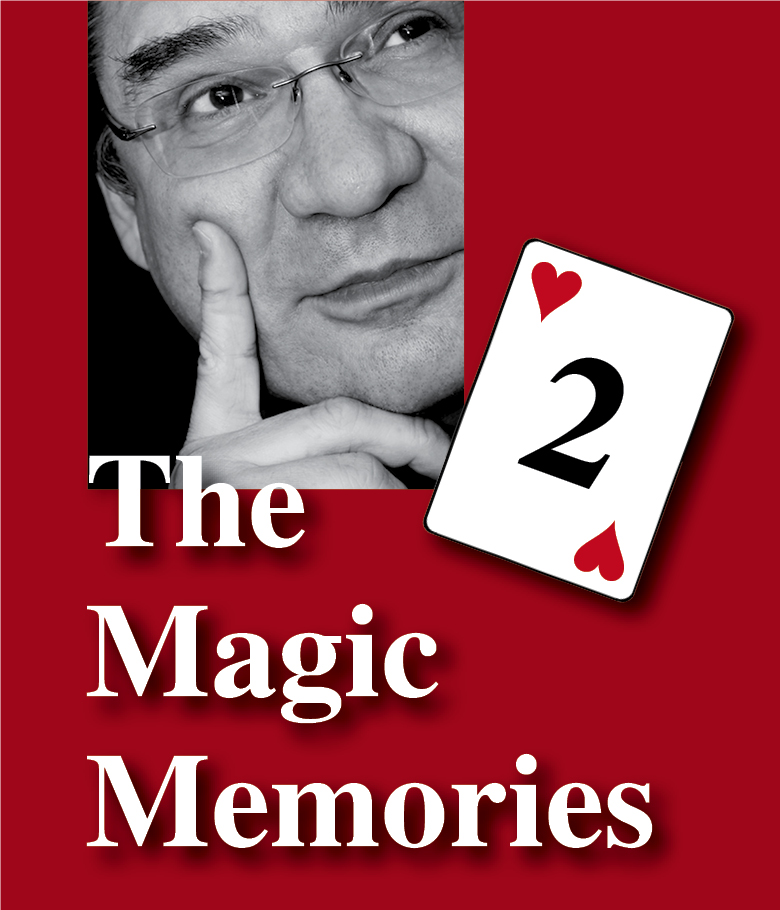
Hi everyone!
As this The Magic Memories number 28 is going online it is Sunday, 11th July, 2021, exactly 0:07 – welcome 🙂
Today, let’s talk money. I mean, not the money-money, but the magic-money.
The Miser’s Dream
First, I’ll remind newcomers to this blog that I have already talked about coin magic in several other blogs. You might like to see my take on the Coin Assembly plot titled “Coinvergence” in The Magic Memories (8), or the more recent clip “Le roi des dollars” by Segundo de Chaumón in the more recent The Magic Memories (25). BTW: You can find all past The Magic Memories blogs by CLICKING HERE.
The arguably greatest coin trick for laypeople is “The Miser’s Dream”. I remind all of you of Dany Ray’s wonderful routine that he used all his life in his cabaret act when he worked many of the top night clubs of the world. I discussed that in The Magic Memories (6) in more detail – here is just the clip for ease of reference; watch just the opening trick, which is his Miser’s Dream (CLICK HERE).
I’ve never had The Miser’s Dream in my active repertoire, for many reasons, but have read, studied and admired many versions. Only once in my career, as far as I can remember, did I use a routine – a fairly simple one at that – to open a presentation for a Trade Show. I’m glad you’re not asking me about technical details, because I have no recollection of them, although I might be able to find the script of the presentation. As an aside: I’ve never been a great proclaimer of scripts in magic, but whenever I did a trade show I wrote one. First, because there is quite a bit of text in it that I would normally not use and that was scripted for the company and the product. Second, because I would sell it, along with a preceeding treatment, and I would even charge for the hours needed to learn the text and practice the usually slightly changed trick sequences! Trade shows were fortunately only a short part of my career and I did them just for about ten years or so, and only three or four a year, alternating them with regular corporate and private show, lectures etc., in order to get a (for me!) healthy mix.
Anyway, I’ve been out of the Trade Show business for over ten years now, but could tell quite a bit about it, if you asked 🙂
Back to the Miser’s Dream: Although I can’t give you details of the performance, I will always remember one of the funniest anecdotes that happened to me on that occasion. It was the year 1990 and I was working for a renowned German company at an industrial fair called the “Hannover Industriemesse” – if you ask international trade show workers like Mark Phillips or Bill Goldman they can tell you more about this events which they, too, have worked several times.
I was doing a specially conceived performance to present the advantages of a computer controlled robot system for stock-keeping, at that time an innovative concept. To start my act I was using a simplified routine of the Miser’s Dream to attract people with the noise and visual quick effects – what else – and to mention the salient sales points which I would comment more explicitly later in the performance. I did six performances of ca. twenty minutes every day for 10 days. That, for me, was a lot of work!
On such a booth the employees change daily, at least there are people being exchanged every day. So it came that a new employee of the company arrived on the booth shortly before I was finishing one of my many performances. He caught maybe the last five minutes of the show, and of course the enthusiastic applause I usually received at the end of each performance – I was giving away things, so this made it easier. After the show I gathered, as usual, the few props I was using and went to my miniature dressing room on the booth where I met this newly arrived gentleman who complimented me on the performance. One of the props I was carrying was the coin pail for the Miser’s Dream. As he talked he suddenly became aware of all the coins in the pail. He instantly became silent, looked at me, then at the coins, then at me again with big eyes and exclaimed: “Whew, and they even give you tips!” If you think that in Europe tipping is far less common than in the United States, the situation was even funnier.
Checking my copious notes on the Miser’s Dream in my Evernote devoted to the subject, it almost made me pick up this wonderful trick again, but I won’t, as there are other projects requiring my attention. However, as this week’s contribution, here are three ideas that might put you on track.
The first is a note I made from Todd Karr’s amazing publication titled
The second note is a one-page article by William W. Larsen, father of the Larsen brothers of Magic Castle fame and the founder of Genii magazine, from a 1950-issue of Genii, CLICK HERE to read.
And the third note is an idea of mine to open a Miser’s Dream routine, without any gimmicks and to be used with a normal champagne bucket (but you can of course use a gimmicked one, if you like… and have one). Here is the idea:
5 or 6 coins are in the lower left vest pocket along with a Purse Frame. In the lower right vest pocket 1 coin.
Show champagne bucket and hands empty, place on table. In a searching action place both hands into vest pockets, left hand comes out with Purse Frame first, right hand with finger-palmed coin. Produce coin from Purse Frame and drop coin in bucket – first Action of Habituation: Each time this sound is heard, it denotes that a coin has been produced. Put Purse Frame away or vanish (nice paradox: to vanish “nothing”…).
Left hand takes bucket, spills coin into right hand, and then replaces bucket on table. Vanish coin from left hand (retain in right Finger Palm), which is shown empty, and then with left hand reached into the lower left pocket of the vest, to apparently reproduce the vanished coin. In reality all coins are finger palmed and only the top coin pushed out and held at the tips of the left fingers. The right hand apparently takes the coin, really displays its previously palmed cain, spins it into the air and catches it again, as the left hand picks up the bucket in “Coin Drop Position”. The right hand apparently drops its coin into the bucket, but really retains it in Finger Palm, as the left fingers surreptitiously drop the first coin of the hidden stack into the bucket, producing the now familiar sound.
This is the beginning of a short Miser’s Dream Routine.
As a finale see Dany Ray’s ending: The right hand reaches into the bucket and seizes as many coins as possible, which are then apparently dropped waterfall-style back into the bucket, but about half a dozen are retained in Finger Palm. These are then dropped from the nose in a “Hatschi-Action”. Finis.
Pronunciation
Recently, while researching something completely different, I caught a little discussion on Internet on how to pronounce my name.
OK, very simple: It is Italian, of course, as “Roberto” suggests, and the last name “Giobbi”, which seems to be a Piemontese family name, is pronounced like “job” and “bee”, i.e. “jobee”, with the accent on the first syllable, “jóbee”. For the linguists among you, the “gio” is a voiced post-alveolar affricate as in “jungle” or “judge” or “job”, followed by the “bi”, which is a rounded closed front lingual vocal, and is not pronounced like “buy”, but like “bee”. So, you see, simple things can be quite complicated if you let experts at it… (the is why I wrote Sharing Secrets, to explain the complex in a simple way). Any questions?
And just in case you find these linguistic conondrums amusing, here is an entry from my own Secret Agenda, to remind those who have it, and for the rest, well, you can still get it, physical or as an e-book from the webshop (Hidden Agenda, unfortunately, is now out of print).
August 14 – The Ghoti is a Fish
This is not only fun and little known, it also shows the terrible logic that lies at the foundation of any language (especially English!).
Write the word “ghoti” in big letters on a piece of paper and declare that it is pronounced “fish”. Your audience will look at you, not knowing whether to be polite or tell you you’re nuts. You then proceed to prove your case.
gh is pronounced f, as in cough.
o is pronounced i, as in women.
ti is pronounced sh, as in nation.
Therefore, ghoti must be pronounced fish. Quod erat demonstrandum.
Interviews, Reviews, Blogs
I’ve given at least a dozen interviews, audio and video, in this year and the last one, the “Pandemic Years”, like many of my colleagues have. It is, of course, flattering to be asked for an interview, but also a bit time-consuming, especially with me, who speaks six languages, half the planet comes at me, since I always speak their language, which of course is a lot easier than having to use sub-titles or override-audio. The disadvantage is that the contents get repetitive and inflationary. I have therefore stopped this, at least for a while. So, if you like how I think and what I have to say, and you probably do if you are reading this right now, you can get a last (for the time-being…) ear- and eyeful of Giobbiwisdom. Here is a podcast interview I gave to Michael Close, and since he’s himself a very experienced and creative professional, there were a few question that have not been asked before, and you might find these interesting. To hear the interview you need to sign up to Mike’s free newsletter by CLICKING HERE. In the newsletter you’ll also find a very nice review of Sharing Secrets. For all of you who want to practice their French or who are native French speakers, Stéphane Bergounioux recorded a almost one-hour interview on his “Magic at Home”, and to see that FAITES CLICK ICI.
Sharing Secrets
Just a brief note to let you know that I ran out of my personal stock of Sharing Secrets, meaning that if you want the book for yourself or a friend, please go to your favorite dealer. If he doesn’t carry it, ask him why not (!), or go directly to the distributor penguinmagic.com. If you can’t find it, go back in a week or so and it should be there.
Have a great week!
Yours sincerely,
Roberto Giobbi

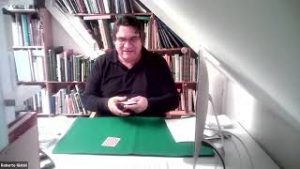
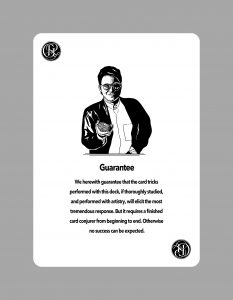
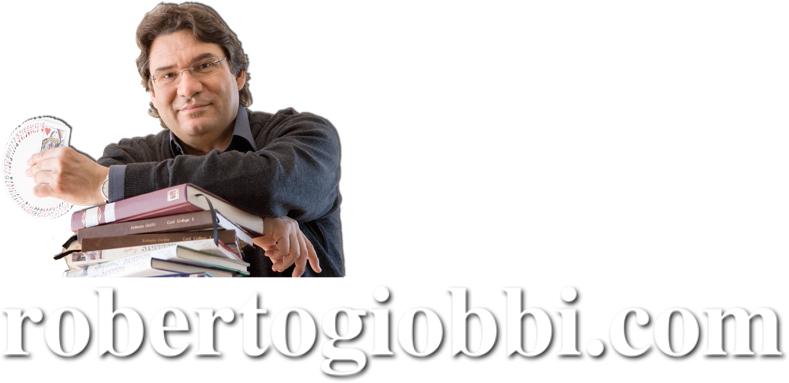













 Green teaches Giobbi a natural card move
Green teaches Giobbi a natural card move



